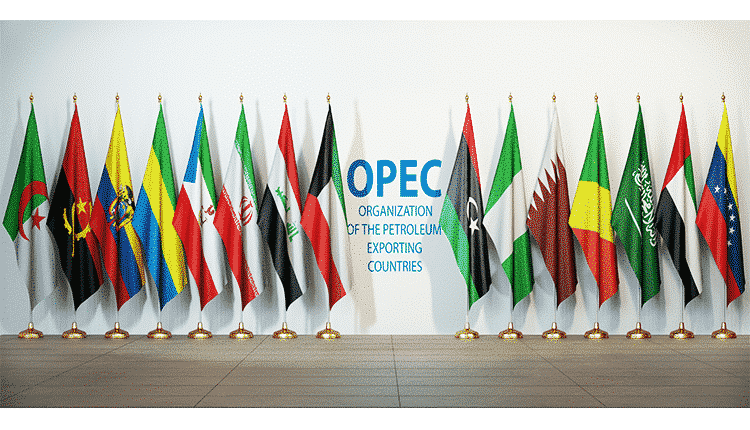
OPEC cannot make high oil prices disappear
High oil prices are a symptom of economic and monetary imbalances, not just a result of the Organization of Petroleum Exporting Countries’ (OPEC) decisions. Similarly, increases in OPEC output do not always imply lower, let alone reasonable, prices. Increased OPEC output helps, but it does not solve price issues as much as they would like.
Misguided activism and political nudges amid massive monetary injections have resulted in huge bottlenecks and underinvestment, impeding supply security and a technically feasible competitive energy transition. Energy has shifted from consensus underweight to a significant overweight, exacerbating the price increase. Despite rising supply and demand, the marginal barrel of oil has risen nearly 60% in a year.
According to JP Morgan, the required capital expenditure in energy to meet the demand for 2021–30 is $600 billion. This “accumulative missing CAPEX” is a contributing factor to the problem.
Another significant issue is the artificial demand created by a series of stimulus plans. As I’ve previously stated, adding massive energy-intensive infrastructure plans to a reopening economy with some supply bottlenecks has the same effect on energy prices as a gigantic speculative bubble.
The political intervention has also had a significant impact on the price of a marginal barrel of oil. Threatening to ban domestic energy resource development in the United States or announcing a ban on fossil fuel investment, as has occurred at some European summits, raises the net present value of the long-term marginal barrel, not lowers it. Why? Any severe engineer who understands the importance of security, supply, and technology development recognizes that a successful energy transition to a greener economy necessitates solid infrastructure.
OPEC is benefitting from high oil prices
High oil prices benefit OPEC, but not as much as one might think. Year-to-date, the OPEC Reference Basket (ORB) is $68.33 per barrel, a 68.4 percent increase over the same period last year, but still significantly lower than the elevated levels before the 2008 financial crisis. Furthermore, supply from OPEC and non-OPEC has increased in tandem with demand. In October, global liquids production increased by 1.74 million barrels per day over the previous month, to an average of 97.56 million barrels per day. The growth forecast for US liquids production in 2021 revised up by 19,000 barrels per day to 17.57 million barrels per day.
Not to mention that OPEC has reduced its forecast for global oil demand in 2021 to 96.4 million barrels per day. Supply remains plentiful, and the US administration should keep in mind that Russia and the US expect to be the primary drivers of supply growth next year. Production prices would skyrocket if Russia and the United States were not present, regardless of what OPEC partners or Saudi Arabia did.
-
Support
-
Platform
-
Spread
-
Trading Instrument




